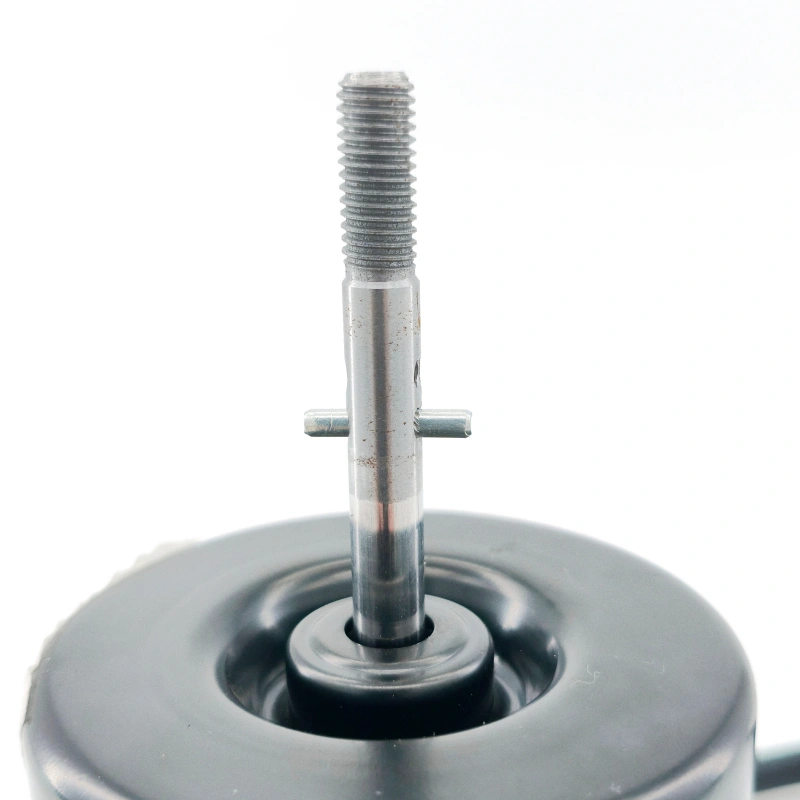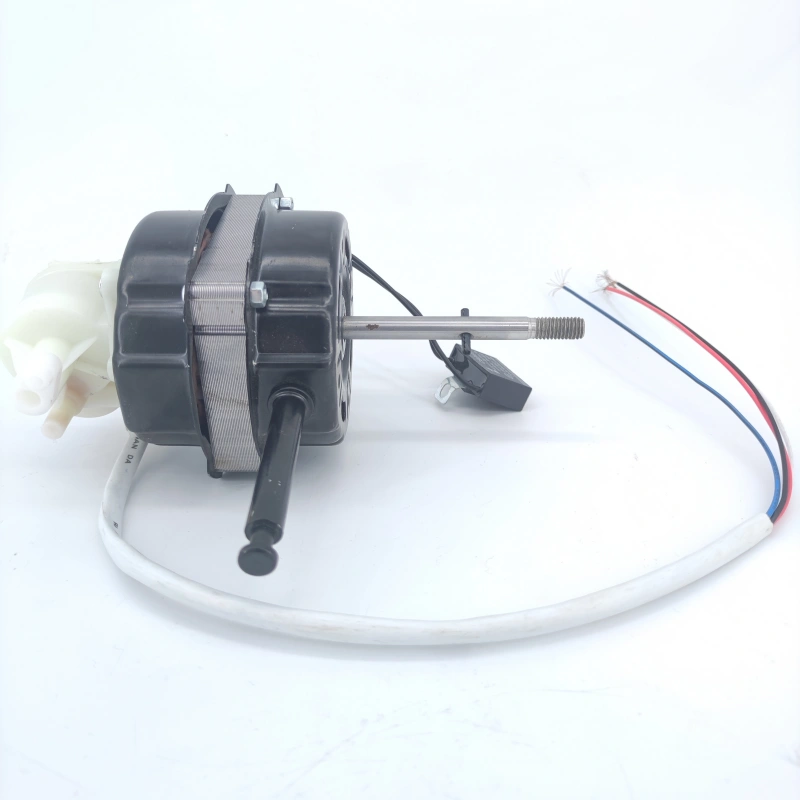A DC motor is an electromagnetic device that converts DC electrical energy into mechanical energy (electric motor) or vice versa (generator). Its core working principle is based on two fundamental electromagnetic laws: the law of electromagnetic induction (generator mode) and the left-hand rule (electric motor mode).
Below, the working mechanism will be analyzed in detail from four dimensions: core principles, key structures, working processes (divided into motors/generators), and core technologies (commutators).
To ensure stable conversion of “electric magnetic force”, a DC motor needs to have the following five core components, each with interlocking functions:
Stator: Fixed inside the casing, usually composed of permanent magnets (small power motors) or excitation windings (large power motors), providing a stable magnetic field (main magnetic field) and serving as the “magnetic field source” for electromagnetic effects
Rotor: composed of multiple sets of coils (armature windings) wound around the iron core, which can rotate around the central axis. Motor mode: the coils are driven to rotate by electromagnetic force after being energized;
Generator mode: The coil rotates to cut the magnetic induction line and generate current
Commutator: A coaxial “half ring structure” (composed of multiple copper half rings, with a quantity matching the number of turns of the armature winding) that solves the “direction alternation problem” of current/electromotive force when the rotor rotates, ensuring that the output (or input) is direct current
Electric brush: a conductive component (usually graphite material) fixed on the stator, in close contact with the surface of the commutator, to achieve current connection between the “fixed circuit” (external power/load) and the “rotating circuit” (armature winding)
Shell and shaft: The shell fixes the stator, and the shaft is connected to the rotor iron core to support the rotation of the rotor, transmitting mechanical energy to the outside (electric motor) or receiving external mechanical energy (generator)
3、 Detailed explanation of the working process (taking the most common “motor mode” as an example)
The core of a DC motor is to “keep the rotor rotating”, but if the direction problem is not solved after the coil is energized in the magnetic field, the rotor will only “swing once” and get stuck.
The coordination between the commutator and the electric brush is the key to solving this problem, and the specific process is divided into four steps:
1. Initial state: The coil is powered on and activated by electromagnetic force
The external DC power supply supplies power to the commutator through electric brushes, and the current flows into a certain set of coils of the rotor (such as coil AB).
The coil is in the magnetic field provided by the stator (assuming the direction of the magnetic field is “from N pole to S pole”), according to the left-hand rule:
The AB side of the coil (near the N pole) will experience a “downward” electromagnetic force;
The CD edge of the coil (near the S pole) will experience an “upward” electromagnetic force;
These two forces form a “torque” that drives the rotor to rotate clockwise around the axis of rotation.
2. Key nodes: The coil rotates 90 ° and the commutator switches the direction of the current
When the rotor rotates 90 °, the coil plane is “parallel” to the direction of the magnetic field (the coil edge does not cut the magnetic induction line), and the electromagnetic torque is 0, but the rotor continues to rotate due to inertia.
At the same time, the commutator rotates synchronously with the rotor, and the half ring that was originally in contact with the “positive electrode brush” switches to contact with the “negative electrode brush”;
The half ring that was originally connected to the negative electrode has been switched to the positive electrode.
Result: The direction of the current in the coil is reversed (such as the AB side current changing from “A → B” to “B → A”).
3. Continuous rotation: The direction of electromagnetic force remains consistent
After the current reverses, the coil continues to rotate (over 90 °), and the coil edge is once again in the magnetic field.
According to the left-hand rule, although the direction of the current has changed, the position of the magnetic field where the coil is located has also changed (AB side now closer to the S pole, CD side closer to the N pole), and the direction of the electromagnetic force remains unchanged (still driving the rotor to rotate clockwise).
4. Loop back and forth: achieve continuous rotation
For every 180 ° rotation of the rotor, the commutator completes a “current switching”;
Switch twice for every 360 ° rotation.
Through this’ synchronous switching ‘, the coil is always subjected to a’ same direction driving torque ‘, and the rotor achieves continuous and stable rotation, ultimately converting DC electrical energy into mechanical energy.




